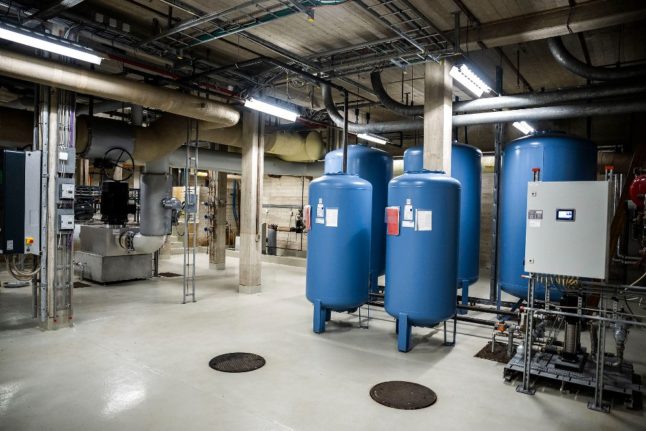While many Danish households suffer sky-high energy prices, some— up to one million district heating customers – have been largely spared, broadcaster DR reports.
The effect is differences between the highest and lowest heating bills that are so extreme that “I don’t think we’ve ever seen such large differences,” Aalborg University professor in energy planning Henrik Lund told DR.
People whose homes are heated by district heating systems – primarily in the four largest cities of Copenhagen, Aarhus, Odense and Aalborg – are most likely to have avoided the skyrocketing energy costs, according to the report.
The district heating schemes in question come from companies which produce heating from waste, DR writes.
Although the price of natural gas, electricity, wood chips and coal has spiked, power plants still receive money for receiving refuse which they can use to produce district heating.
READ ALSO:
- Danish Energy Agency advises homes with gas heating to conserve
- Danish consumers urged to keep conserving energy to avoid high costs
Because waste is a common production source around 23.4 percent of district heating is made from it, according to industry interest organisation Dansk Fjernvarme figures, reported by DR. That means around a million households can benefit.
As a result, many customers have seen stable or even cheaper bills during the ongoing energy crisis.
“Every time we produce electricity and heating from refuse, we save money, and that gives cheaper electricity and heating to customers,” Lund said.
Power plants “get money for burning refuse, whereas a gas-fuelled power plant must pay a lot of money for its gas at the moment,” he said.
Currently, 1.8 million households (around two out of three in Denmark or 3.7 million people) receive district heating.
District heating can be produced from range of sources including refuse, wood chips, straw, wind, solar heating, geothermal energy, natural gas, oil, coal, and excess heat from industry.
The district heat programmes are governed by a ‘break-even principle,’ meaning the companies managing them aren’t allowed to make a profit. This means that customers can even see prices go down if production allows the producers to sell energy elsewhere, because this increases revenue which cannot be profited from.
“We own district heating companies together in Denmark and the sales from electricity production therefore go to customers in the form of cheaper heating,” the director of Dansk Fjernvarme, Kim Mortensen, told DR.
However, since district heating can use such a wide array of energy sources, the difference between energy bills from two district heating programmes can vary wildly.
A government plan aims to roll out district heating to hundreds of thousands more households by 2028, though experts have said the timeline is unrealistically ambitious.
READ MORE: Denmark announces major plan to expand district heating



 Please whitelist us to continue reading.
Please whitelist us to continue reading.
Member comments